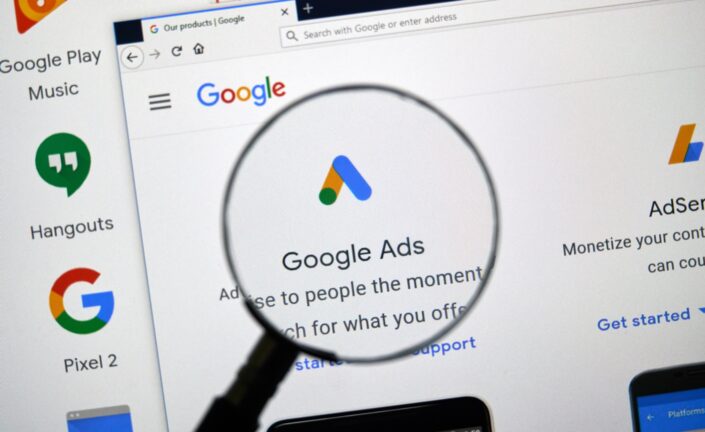In the fast-paced world of mobile apps, peak install periods like Black Friday represent a golden opportunity for brands to capture valuable customers. However, a recent study by Airship reveals that the true potential of these peak installers may not be as lucrative as it seems.
“Customers clearly flock to shopping apps to get the best deals, earn rewards and gain exclusive access, but it’s up to retailers to turn installs and first transactions into ongoing use where real value accumulates. Brands should continually optimize onboarding experiences and reinforce value throughout the lifecycle and across channels for different types of customers. Above all, they need to capture customers’ attention in moments that matter — which calls for in-app experiences tailored to the individual, so brands can continually grow customer understanding, drive engagement and build loyalty over time.” said Thomas Butta, Chief Strategy and Marketing Officer, Airship.
Another study by Airship has revealed the main reasons why consumers delete apps.

The Black Friday effect
Black Friday reigns as the pinnacle day for app installations, with double the average daily rate for October. The excitement doesn't stop there – six out of the top seven peak install days fall within the week leading up to Black Friday, boasting a 40% surge in app installs compared to October's weekly average.
The pre-holiday paradox
Interestingly, the week before the holiday rush sees a stark contrast, with five of the seven lowest daily install days occurring in early October. This creates a distinct pre-holiday cohort for comparison against the peak-week customers.
The harsh reality
Despite the initial hype surrounding peak-week customers, Airship's retention analysis delivers a wake-up call to retailers. By Week 3 post-install, any advantage gained during peak install periods dissipates, with peak-week customers experiencing an alarming 18% lower weekly retention rate compared to pre-holiday customers.
The value of retention
Retention rates may seem like a trivial metric, but their impact on future profitability is undeniable. A mere three-percentage-point difference at Week 15 can translate into substantial future value, as demonstrated by research from Frederick Reichheld of Bain & Company.
Rather than fixating on retrospective retention rates, Airship advocates for a proactive approach focused on guiding customers through the app lifecycle. Successful apps prioritize understanding customer preferences and enhancing communication channels during the critical activation stage.
Engagement is key
Engagement metrics paint a revealing picture of customer behavior post-installation. Pre-holiday customers outshine their peak-week counterparts in key metrics like Average Sessions Per Active User and Engagement Score, indicating a deeper level of interaction and loyalty.
To capitalize on peak install periods, retailers must shift their focus from transactional interactions to fostering long-term engagement. By implementing strategies to advance customers through the app lifecycle, brands can unlock the full potential of peak install periods and drive sustained growth in the ever-evolving mobile landscape.
Elsewhere, Airship has released many enhancements that make experimentation and optimization of mobile customer experience easier.









